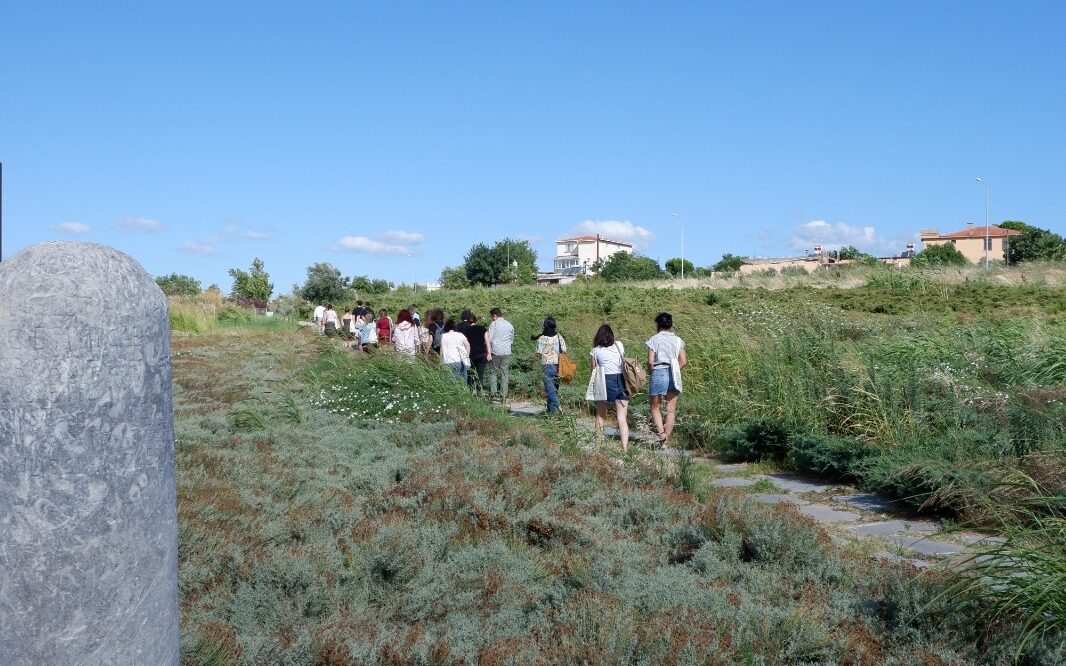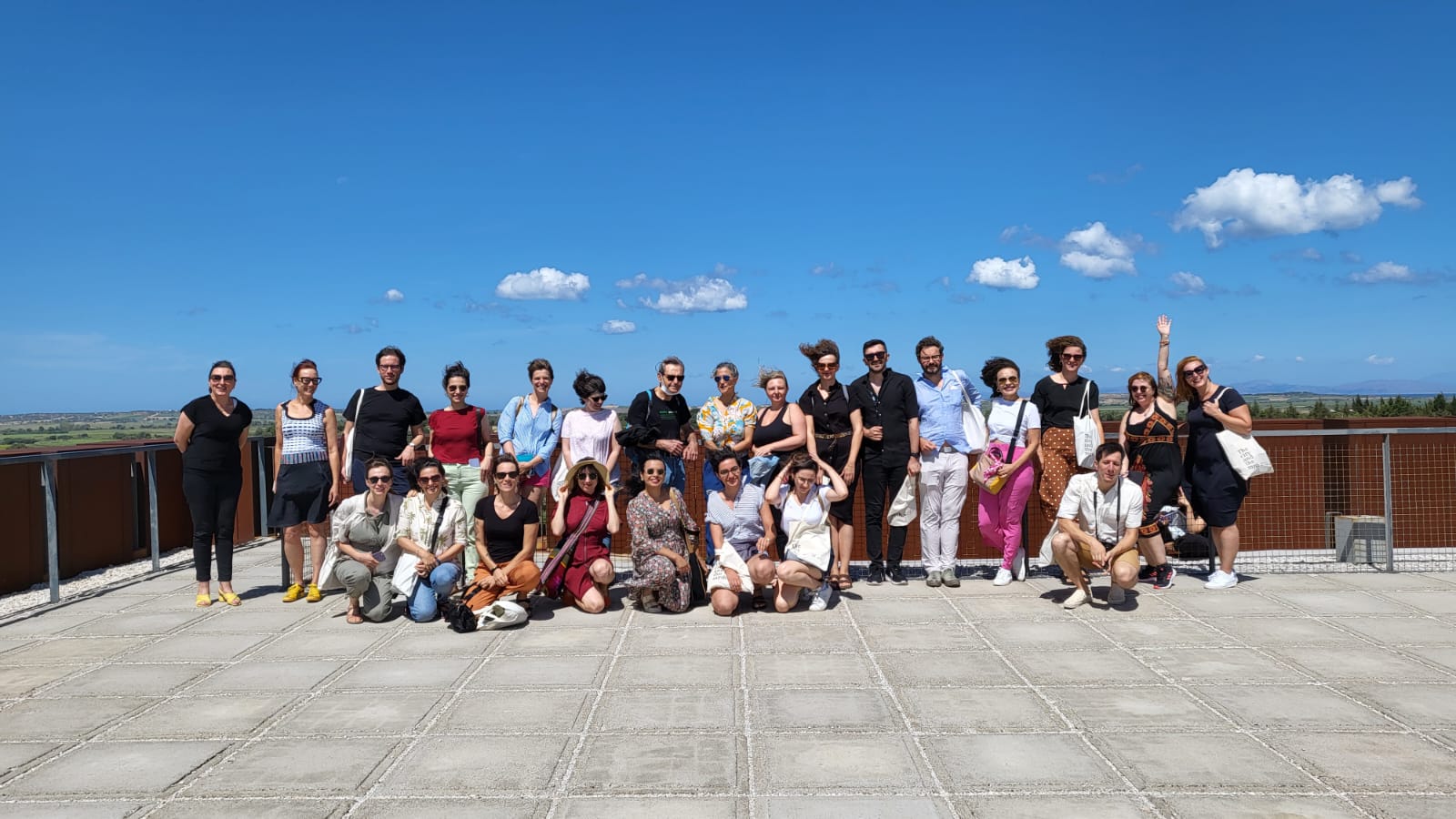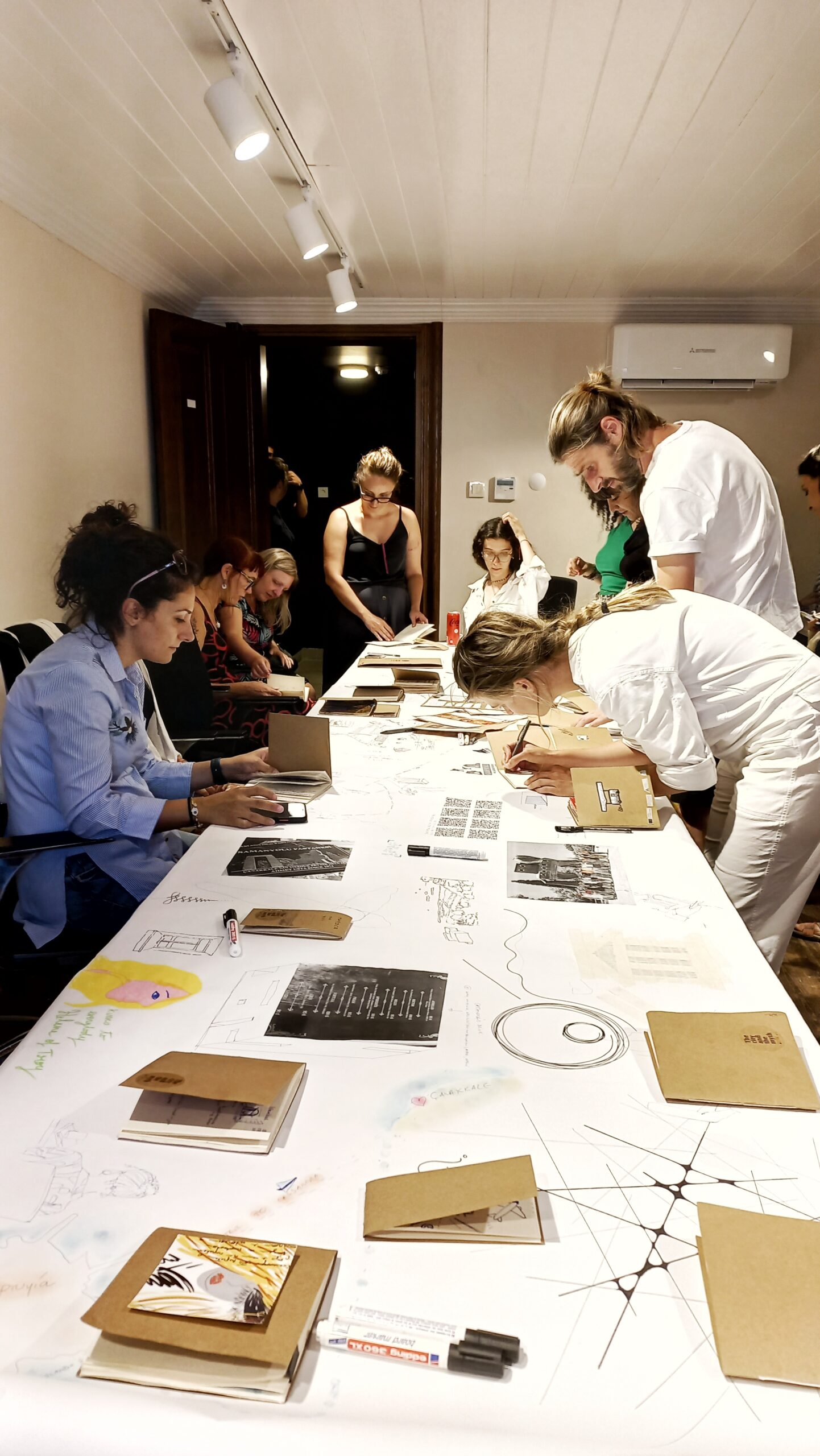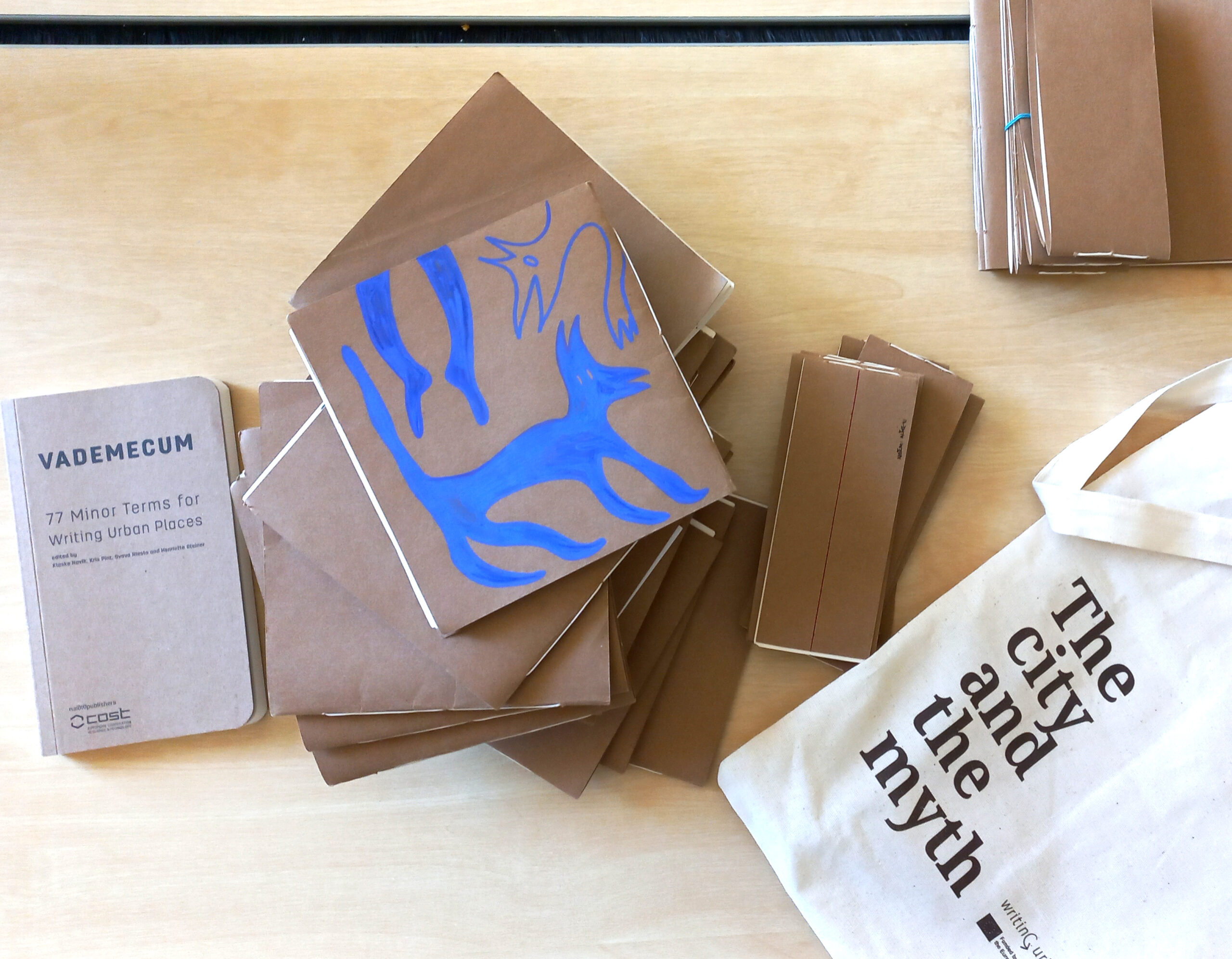
The City and the Myth fieldwork event was held on July 18-20, 2022, as a part of the COST Action Writing Urban Places. In line with the focus on narrative methods for urban development in European medium-sized cities, we decided to investigate the relationship between the city and the myth, namely the visible and the invisible, travelling from Istanbul to Çanakkale. The event was hosted at the Faculty of Architecture of Yeditepe University, in Istanbul, and in collaboration with Çanakkale Savaşları Gelibolu Tarihi Alan Başkanlığı [Çanakkale Wars Gallipoli Historical Sites Presidency].

Çanakkale is a city with a population of 200,000 on the Dardanelles Strait. It is generally known as the WWI battleground of the Gallipoli Campaign, when the British Empire and France failed to capture Istanbul while the Ottomans used geographical features to their advantage. The commander at Gallipoli, Mustafa Kemal Atatürk, later became the founder and president of the Republic of Turkey. Furthermore, Çanakkale sits also in the region that is believed to be that of the ancient Troy, whose destruction is featured in Homer’s Iliad and Odyssey. The Trojan War was considered to be a fictional event until the late 19th century, when pioneer archaeologist Heinrich Schliemann followed Homer’s geographical descriptions and identified Hisarlık Hill with the help of Frank Calvert. The site is now UNESCO World Heritage but still the boundary between myth and reality cannot be established with certainty. Namely, we know that Troy existed. What we don’t know is to what degree the historical city mirrored its mythological twin. The workshop insisted on the grey area in which fictional stories overlap with the physical description of the urban and natural environment.

The workshop The city and the myth exposed 30 researchers to architecture, archaeology, landscape, geography, and literature with a condensed program of on-site activities. The activities have been split in a one-day workshop at Yeditepe University in Istanbul and a two-day trip to Çanakkale.
The fieldwork consists of landscape explorations of what is believed to be the setting of the mythic Troy, overlooking the Dardanelles strait. Following the outdoor itineraries, the participants collected personal visual interpretations of Çanakkale. The material has been recorded in a personal travelogue, which reflects the experience of the journey that each participant took on in Çanakkale, exploring the narrative potential of the myth and the site. Precedents, methodologies, and examples of travelogues have been discussed during the theoretical part of the workshop.

The City and the myth will also reflect on how the possible existence of Troy has been extensively used for city branding, tourism, political disputes, and scientific research. Close to the archaeological site is a recently-built museum that collects findings from excavations and recent reconstructions of the city.